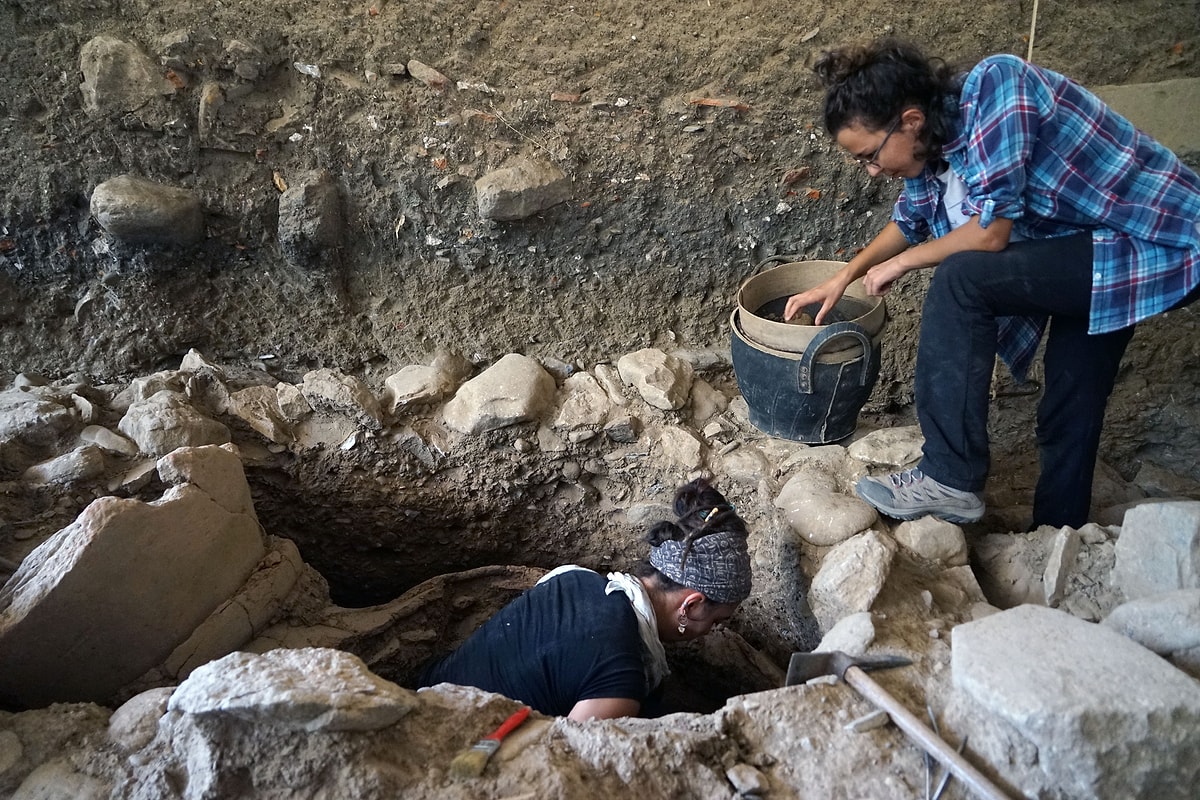Archaeologists from Texas, in collaboration with the Belize Institute of Archaeology, have discovered the first identifiable tomb of Te K’ab Chaak, the first ruler of the Mayan city, in Caracol, Central America. The discovery was made during a recent expedition and marks a historic milestone, as it was found beneath a burial chamber discovered in 1993.
Texas archaeologists discover the tomb of the first ruler of the Mayan city
The couple Arlen and Diane Chase, from the University of Houston, lead the Caracol Archaeological Project and have been excavating the site for over 40 years. In their research, they incorporated advanced technology called LiDAR, an aerial laser scanner that can detect structures hidden under vegetation.
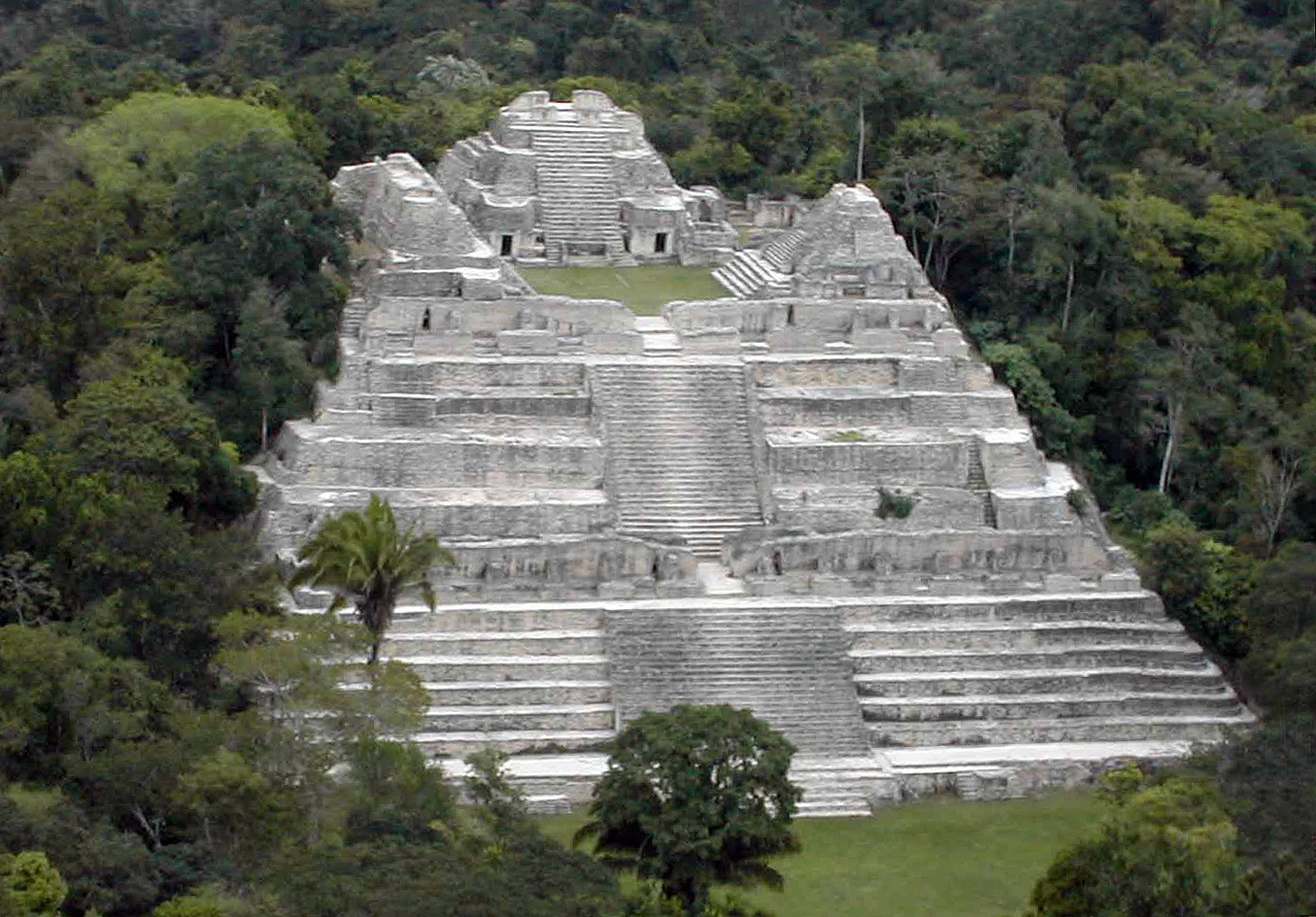
‘Caracol is the largest Mayan archaeological site in Belize, Central America,’ according to a press release. The urban area stretched for about 10 kilometres and was home to an estimated population of 100,000 people. The city prospered for centuries until the collapse of the Mayan civilisation between 800 and 900 AD.
Te K’ab Chaak, who ascended to the throne in 331 AD, was buried at the base of a sanctuary belonging to the royal family, according to the University of Houston. His tomb contained a collection of ritual and symbolic objects, eleven ceramic vessels, finely carved bone tubes, jadeite jewellery, a mosaic mask made of the same material, Pacific sea shells and other organic items.
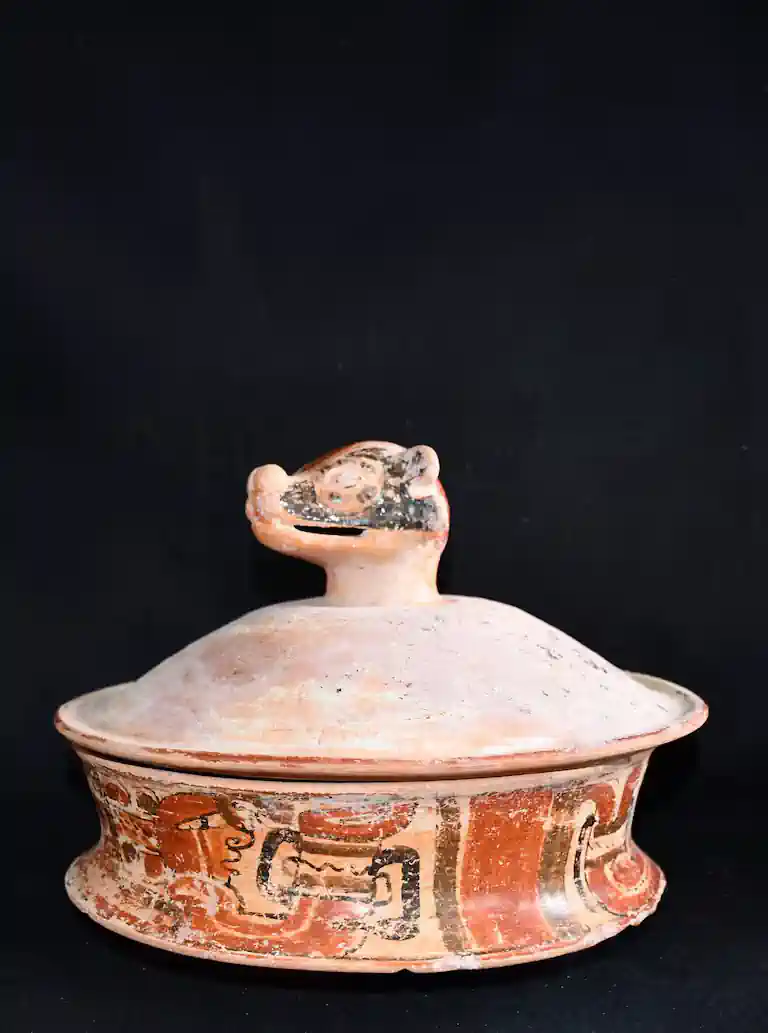
‘The ceramic vessels in the chamber included a scene of a Mayan ruler holding a spear and receiving offerings from supplicants in the form of deities. Another vessel depicts the image of Ek Chuah, the Mayan god of merchants, surrounded by offerings,’ they reported.
Four of the vessels include images of bound prisoners, an iconography that is also repeated in other related burials. In addition, two vessels had lids adorned with handles in the shape of coati heads. This animal had aesthetic value and was adopted as a symbol by later rulers of Caracol, who incorporated it into their royal names to reinforce their connection to royalty and sacred lineage.
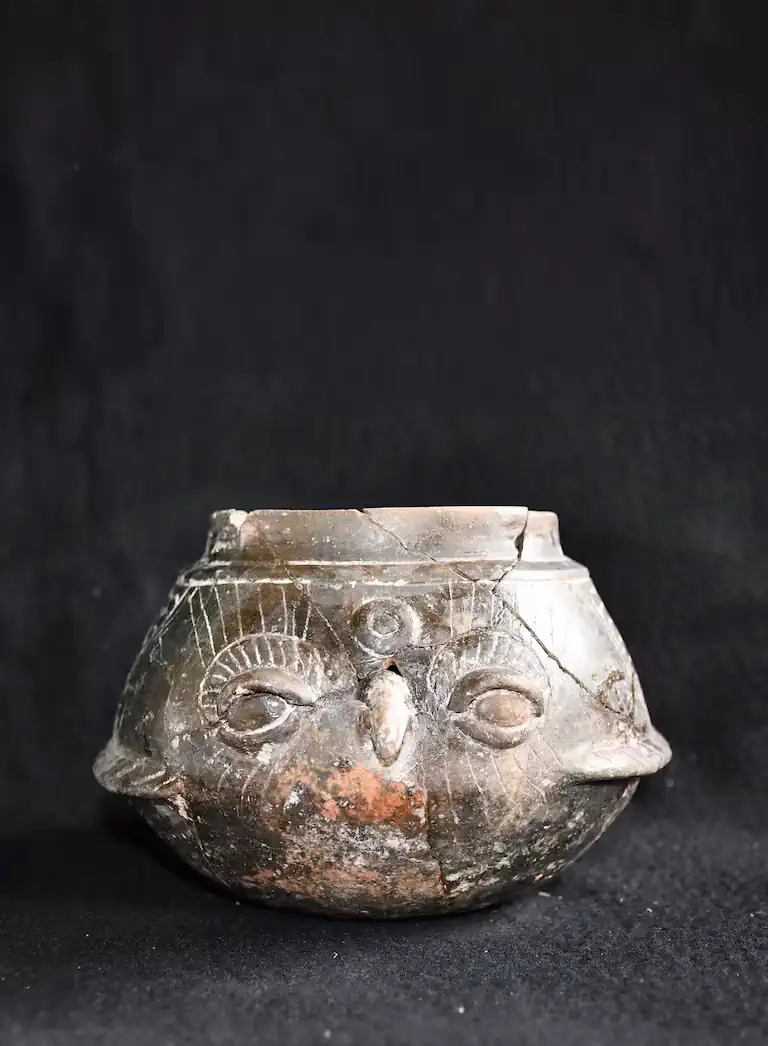
According to archaeologists’ estimates, the ruler was elderly at the time of his death and measured approximately 1.70 metres tall. Analysis also revealed that he had no teeth left. Excavations indicate that his tomb was the first of three significant burials dating from around 350 AD.
The findings at Caracol reveal Mayan connections with Teotihuacan
The discovery included the remains of three people, as well as objects from central Mexico. Among the artefacts found were two large knives, six spearheads and fifteen green obsidian blades from Pachuca, north of Teotihuacan. Several ceramic vessels that probably have the same origin were also found, according to researchers.
A third burial, corresponding to a woman, was found in 2009 in the north building of the same residential complex. It was covered in hematite and contained four ceramic vessels, a necklace, mirror fragments and two sea shells from the same mollusc from the Pacific. Dating suggests a similar age to the other burials.
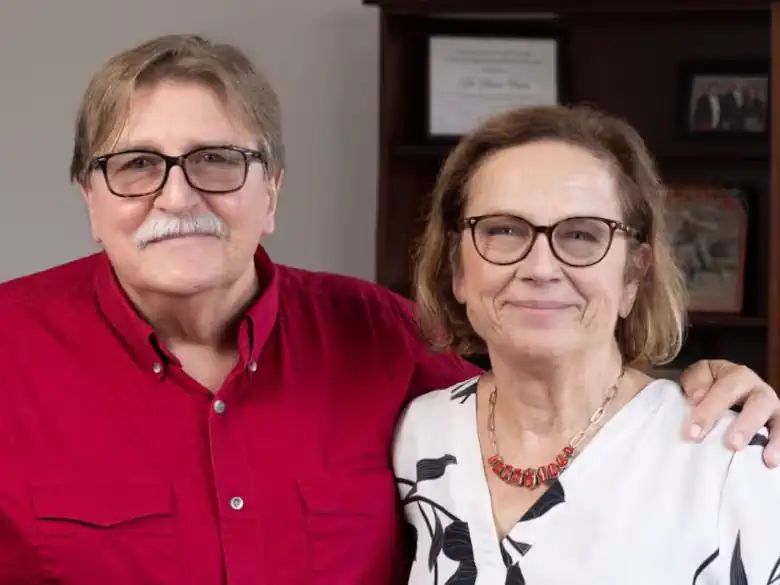
“The three burials in the Northeast Acropolis of Caracol are grouped in the year 350 AD, at least one generation before the previously recognised presence of Teotihuacan in the Mayan area. They demonstrate that the first Mayan rulers were fully engaged in Mesoamerican contacts before the arrival of Teotihuacan recorded in Mayan monuments,” the report said.
‘It’s one of our most important finds,’ the researcher told the University of Houston. “We found the first person in the dynasty, so in itself, in terms of the history of Caracol, it’s huge, and it’s incredible that we were able to identify him as a ruler. We have found numerous tombs with truly impressive artefacts inside that were clearly members of the royal family, but this is the first one that matches the hieroglyphic records to be a ruler, and beyond that, the first dynastic ruler.”
Archaeologists’ research reveals that the ancient Maya maintained active connections with other regions of Mesoamerica. Despite the distance, there was mobility between Caracol and Teotihuacan, both culturally and commercially. According to researchers, the journey by car between the two sites takes more than 23 hours, and it is estimated that it would take about 153 days to travel on foot. However, ‘there is a lot of evidence linking the two locations,’ the experts said.

